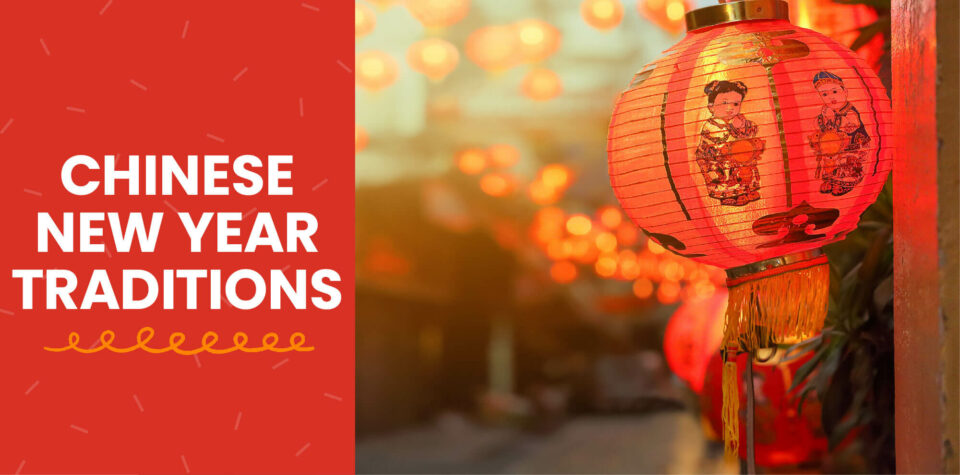
Traditions and Recipes for a Chinese New Year Celebration
To welcome the New Year in China (and many other nations in Asia), people reach for red envelopes and lanterns. And they celebrate at a different time, and for much longer, than people in the West. Chinese New Year celebrations start on the first day of the Lunar New Year on the traditional lunisolar Chinese calendar and feature a 15-day festival., On the lunisolar calendar, a new moon signals the start of a new month, so it doesn’t align exactly with the Gregorian calendar used in the U.S. and many other countries.
Chinese New Year falls on a different day on the Gregorian calendar each year, typically taking place between January 21 and February 20 (in 2023, it will begin on January 22). The festival brings people together to spend time with their loved ones, welcome the coming spring, and snag some good luck for the year ahead.
Chinese communities and families around the world participate in this festival, including the family of Little Passports cofounder Stella Ma. This year, why not introduce your family to this celebration of Chinese culture? Learn all about Chinese New Year foods, symbols, and traditions.
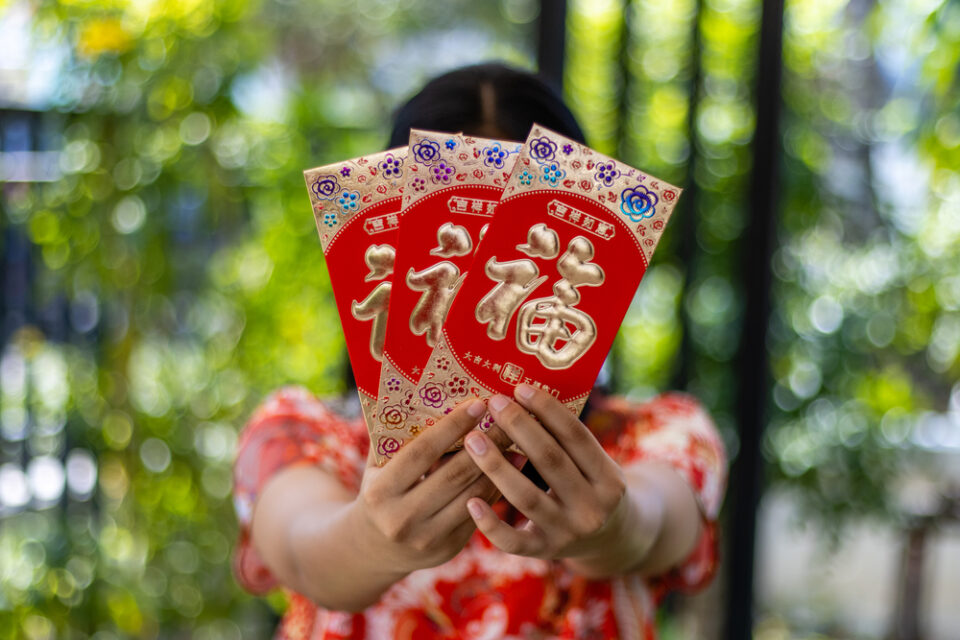
Chinese New Year Symbols
Chinese New Year celebrations are full of symbolism. Let’s explore some of the festival’s most iconic images.
Red Envelopes
During Chinese New Year, many people celebrating receive pocket money nestled in ornate envelopes made from bright red paper. These envelopes are called ang pow in Hokkien, hongbao in Mandarin, and lai see in Cantonese, and it’s tradition to give them to friends, family members, and employees to bring them luck.
While some extra money is always a fortunate way to start the New Year, the red envelopes might be even luckier. In Chinese culture, the color red symbolizes happiness, luck, and celebration. It’s common to decorate these red envelopes with Chinese characters that represent well wishes, like fú (福), which means “good luck and blessings,” and gōng xǐ fā cái (恭喜发财), which translates to “happiness and prosperity.”
Dragons
Every year of the Chinese calendar corresponds to an animal of the Chinese zodiac,—for example, 2023 is the Year of the Rabbit. During the New Year festival, Chinese families and businesses decorate with the year’s zodiac figure, incorporating the animal into figurines, lanterns, and pendants.
But no matter the year, the dragon plays an important role in Chinese New Year. Dragons have been prominent in Chinese culture for centuries. In fact, the earliest-known depiction of a dragon in Chinese art is a jade carving from between 4,500 and 3,000 BCE. It’s said the Chinese people are “the descendants of dragons,” and the figures represent strength, power, and good luck.
An important way Chinese people showcase the dragon during New Year celebrations is the Dragon Dance. Legend says this traditional dance drives away bad spirits and ushers in good fortune for the coming year. To perform it, dancers carry a huge dragon puppet—sometimes as long as 328 feet (100 meters)—and parade it through the street while dancing in rhythm to drums, cymbals, and gongs.
Chinese New Year Traditions
What does it mean to participate in Chinese New Year celebrations? Here are some of the festival’s most joyous and important traditions.
Preparing for the Lunar New Year
Chinese New Year is also called Chūnjié (春节), which translates to “spring festival” in Mandarin. The festival lasts fifteen days, but welcoming the springtime requires plenty of preparation. Weeks before the first day of Chinese New Year, open-air markets in China fill up with food, themed decorations, and symbolic plants.
Some vendors sell peach blossoms, which symbolize romance and bring hope for new relationships in the coming year. Others sell kumquat trees, which are said to bring wealth and fortune (the Cantonese and Mandarin names for this tree sound very similar to the words for “good luck” in those languages).
Another way Chinese people prepare for the New Year is with a New Year’s Eve reunion dinner. This meal is an opportunity for families to come together and enjoy each other’s company. Traditionally, the host serves a whole fish for dinner—but it’s very important not to eat the entire thing. The leftover fish is a symbol of abundance for the coming year.
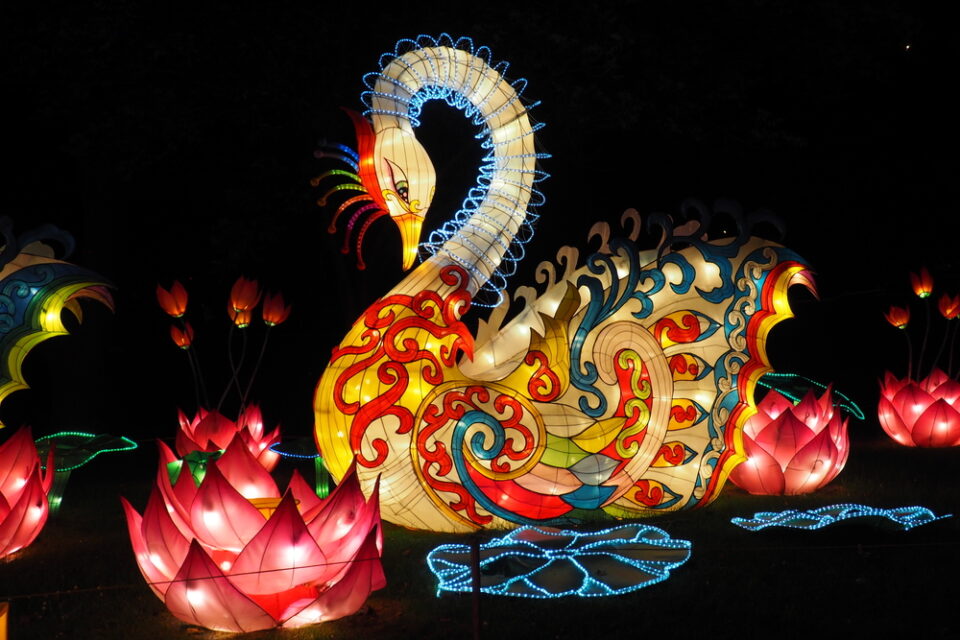
Yuan Xiao Jie (Lantern Festival)
The fifteenth day of Chinese New Year falls on the first full moon of the lunisolar calendar. This is known as Yuan Xiao Jie, or the Chinese Lantern Festival. Many people spend this day watching and appreciating beautiful lanterns hanging outside shops, houses, and even places like public parks. Yuan Xiao Jie is also the day in most places when dancers perform the Dragon Dance.
Traditional Chinese New Year Foods
Like many holidays around the world, Chinese New Year is associated with tasty traditional dishes. Many of these foods have symbolic meanings: Eating long noodles represents long life, spring rolls symbolize wealth, and lettuce wraps are considered lucky because the Cantonese word for “lettuce” sounds like the word for “good fortune.” Here are some of the delicious traditional foods you can find during Chinese New Year celebrations.
Jiu Niang
This porridge-like dish is made from sweet sticky rice. Making jiu niang is a long process—sometimes taking several days—because it involves fermenting the rice with a distiller’s yeast called jiu qu. But the long cook time is worth the wait! Jiu niang tastes excellent with savory foods (like braised fish or pork) or as a sweet porridge.
Tangyuan
If you attend a Lantern Festival at the end of the Chinese New Year, you’ll likely see vendors selling tangyuan. These are sweet balls made from glutinous rice flour, stuffed with a black sesame filling, and typically served in a bowl with hot water. Chinese families enjoy this dessert as the New Year festivities wind down, carrying wishes for family unity and a sweet life in the year ahead.

Fa Gao
Fa gao is also known as “prosperity cake.” It’s a small cake made from rice flour steamed until the top splits into a “bloom.” According to tradition, a tall “bloom” on your fa gao signifies growing wealth in the coming months. The dish has a cupcake-like consistency and is a popular treat throughout the 15 days of celebration.
What’s Considered Bad Luck?
So far, we’ve discussed ways to ensure good luck, happiness, and prosperity during Chinese New Year. But according to tradition, there are some activities people must avoid during the festivities in order to avoid bringing on ill fortune. Here are a few things believed to attract bad luck during the holiday.
Washing or Cutting Your Hair on New Year’s Day
The Mandarin character for “hair” is also the first character in the word meaning “becoming wealthy.” Because of this, washing your hair on New Year’s Day is believed to risk washing away your wealth! People are also discouraged from getting a haircut during the celebrations, but getting one before the New Year begins is a good way to start on a positive note.
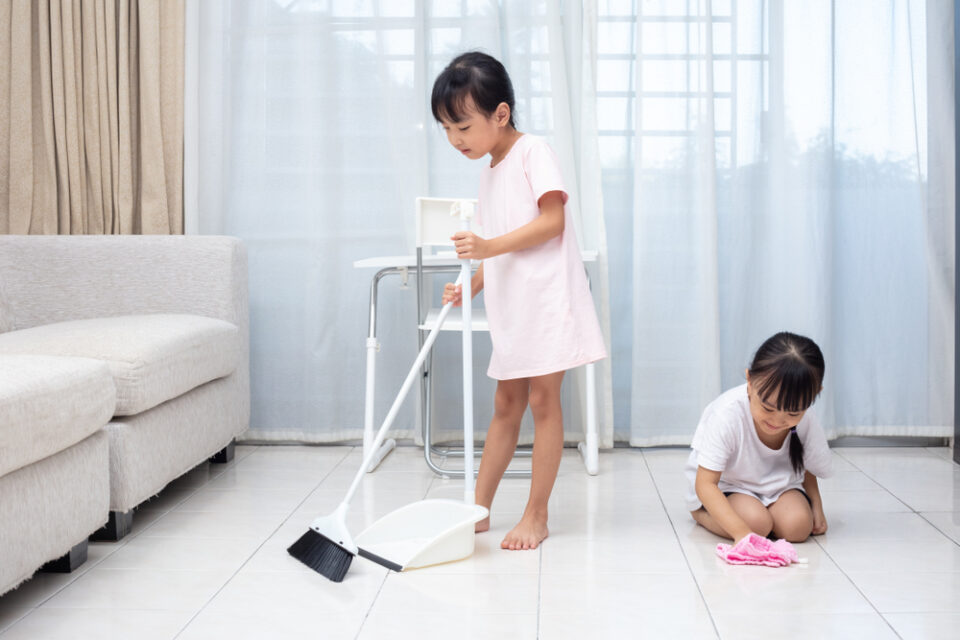
Sweeping and Taking Out the Garbage
Before the Lunar New Year begins, many Chinese families take time to clean their houses and “sweep away” bad luck. But once the celebration starts, that broom needs to be put away! It’s taboo to sweep the house or throw away garbage for the first five days of Chinese New Year, as tradition states this tidying up could accidentally remove good luck from the home.
Buying Books
Bookstores in China see little business during the New Year. Some Chinese people avoid buying books during the New Year festival because the Chinese word for “book” is a homophone—a different word with the same pronunciation—of the word for “lose.” According to superstitions, buying a new book or giving one to someone else soon after the New Year is an open invitation for bad fortune.
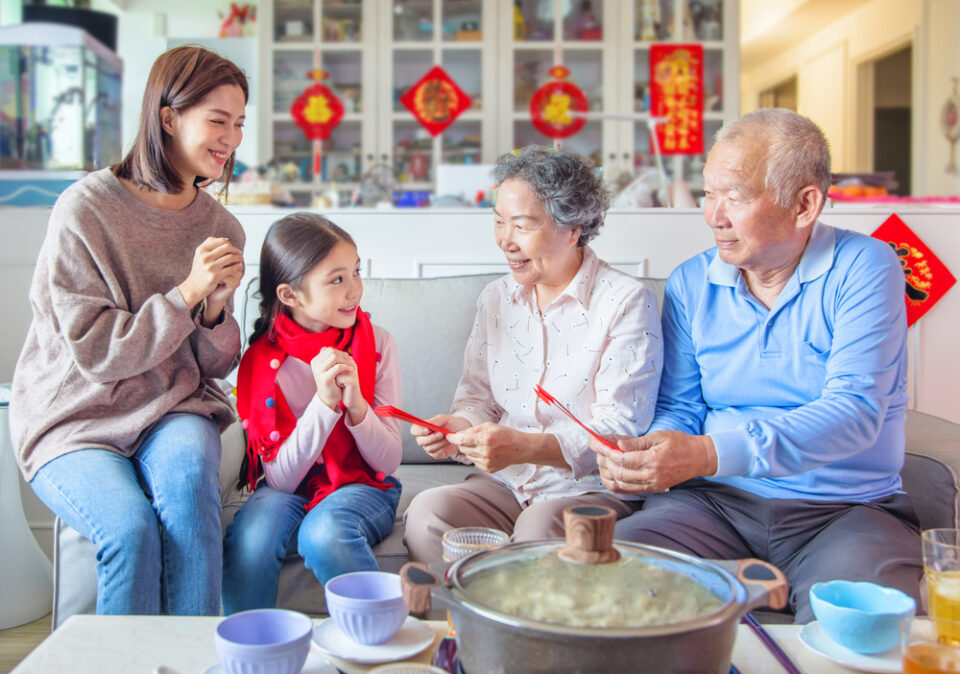
Travel the World from Home
The greatest part of the New Year is spending time with loved ones. You can celebrate the Lunar New Year with your family by making traditional Chinese foods, creating your own dragon puppet, making a lucky red envelope, and learning about China’s rich culture.
If your kids are interested in learning more about faraway places, check out our World Edition subscription box. Your children will receive activity kits, stories, recipes, and more from a different country every month so they can get to know different cultures around the world.
